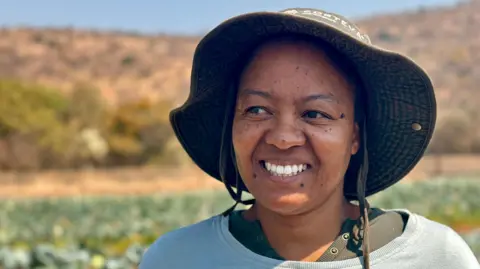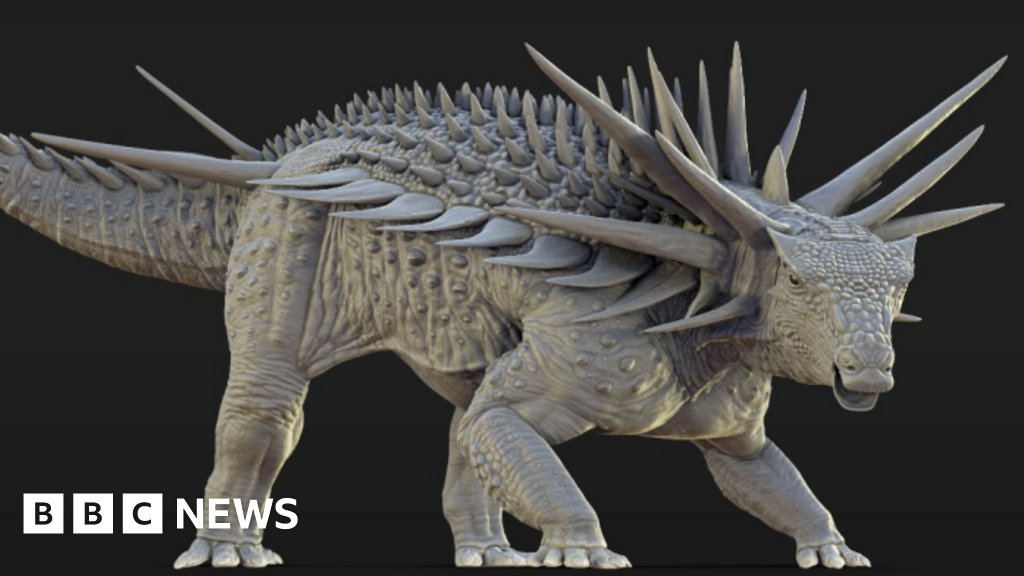The dense jungles of Campeche, Mexico, have hidden a previously unknown Maya city, revealing significant insights into the ancient civilization's expansive reach. Archaeologists, led by Marcello Canuto from Tulane University, discovered this city, named Valeriana, just east of Dos Lagunas and a mere 15-minute walk from a major highway. This historic site had remained concealed under thick vegetation for centuries.
Using aerial scans originally intended for ecological studies, researchers uncovered the hidden remnants of the city, which possess all the classic features of a Maya urban center. Luke Auld-Thomas, a doctoral student involved in the discovery, described Valeriana as a city that could be imagined in a video game, complete with temple pyramids, a palace complex, public plazas, reservoirs, and a system of processional causeways connecting various structures across the hills.
In addition to monumental architecture, the team identified residential buildings, terraced fields, and evidence of agricultural practices, underscoring the sophistication of the societal infrastructure. This discovery not only expands the architectural narrative of the Maya civilization but also emphasizes the need for further archaeological investigations deep within the jungle, as more ancient cities may still await discovery beneath the lush greenery.
Using aerial scans originally intended for ecological studies, researchers uncovered the hidden remnants of the city, which possess all the classic features of a Maya urban center. Luke Auld-Thomas, a doctoral student involved in the discovery, described Valeriana as a city that could be imagined in a video game, complete with temple pyramids, a palace complex, public plazas, reservoirs, and a system of processional causeways connecting various structures across the hills.
In addition to monumental architecture, the team identified residential buildings, terraced fields, and evidence of agricultural practices, underscoring the sophistication of the societal infrastructure. This discovery not only expands the architectural narrative of the Maya civilization but also emphasizes the need for further archaeological investigations deep within the jungle, as more ancient cities may still await discovery beneath the lush greenery.






















